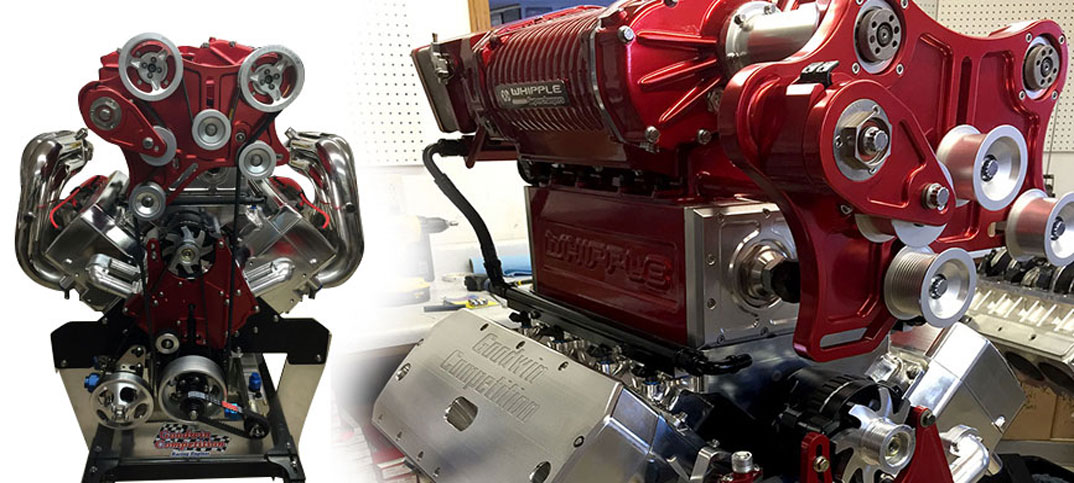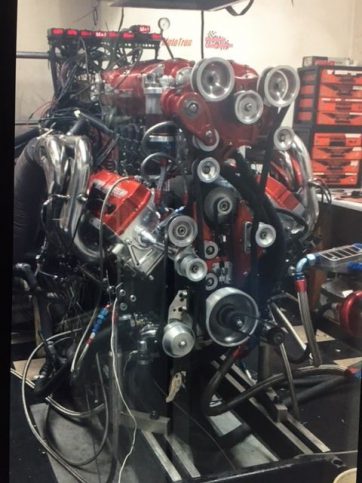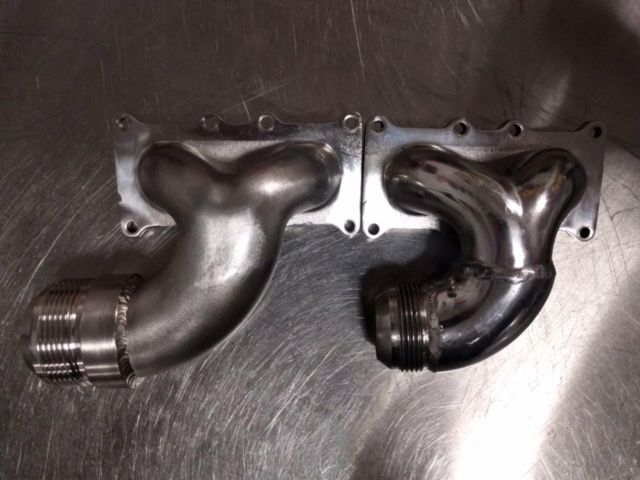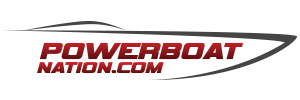If you thought building 200 MPH catamarans had become a business of plug and play, you are very mistaken. Big horsepower is readily available, but when you push the limits of horsepower in one of today’s modern hulls the fact is that the previous rigging will traditionally only support 1000-1200hp applications. The feeding of this new large and reliable power brings challenges to feed fuel, water and air, and it truly defines the challenges of today’s rigging.
Conventional cooling system rigging has shown a massive inefficiency in the ability to support the demands of what were not only Goodwin engines but that of the production turbo engines in the market. Todd Goodwin points out the unique difference in today’s growth in performance power boating. Because the OEM automotive builder builds both the engine and the car they have the ability to test together. While today’s boat builder relies on outsourced power, often the boat builder can only provide very little relative data.
As an engine builder stretching the limits of an engine’s performance, Todd Goodwin of Goodwin Competition set out to find how to solve these problems by investing over $40,000 into an aqua dynamics engineering team and an entire water flow dynamics simulator that he installed in his facility. To some this may seem extreme but if you’ve been to the Goodwin facility you realize nothing is too extreme or out of reach.
What became glaringly apparent was that the conventional water pick up designs that featured mere 1″ at best pick ups that supplied conventional engines have no ability to supply 3 and 4 stage sea pumps demanding 200-300% more water flow. Not only could Todd explain the dynamics, but he had real engineering proof.
He points out that the traditional sea water pump fittings merely carry .849 square inches of water and that a traditional 1″ water pick up will support a single sea pump. But OEM boat builders had merely raised the pick up size up from 1″ in many applications while trying to supply 3-4 stage sea pumps. This has been the plaguing issue of OEM turbo engines continually going into Guardian mode from cooling system challenges.
Goodwin has developed an algorithm showing the dynamics, of speed, pressure and volume based on replicating the boat’s many changes in the water and it has allowed him to redefine the shortcomings that have been plaguing the highest horsepower applications in the marine market. Today, Goodwin Competition’s 1900 HP applications spec a much larger specific sized water pick up to meet the requirements of his engine. He points out that he’s shared this info with boat builders in the industry and the changes are all bringing success for everyone. Goodwin points out that pick up size, Sea Strainer size and design matched with the proper water pressure bypass are critically effected by the design of the cooling system. Redesigning commonly modified fittings to allow accurate water flow is key.
This level of commitment seems extreme but Goodwin Competition is not only an engine builder and supplier of power across all segments of racing, but a true research and development center. They have in-house Spintron testing centers, numerous dyno’s, flow benches, and their own proprietary machining centers.








